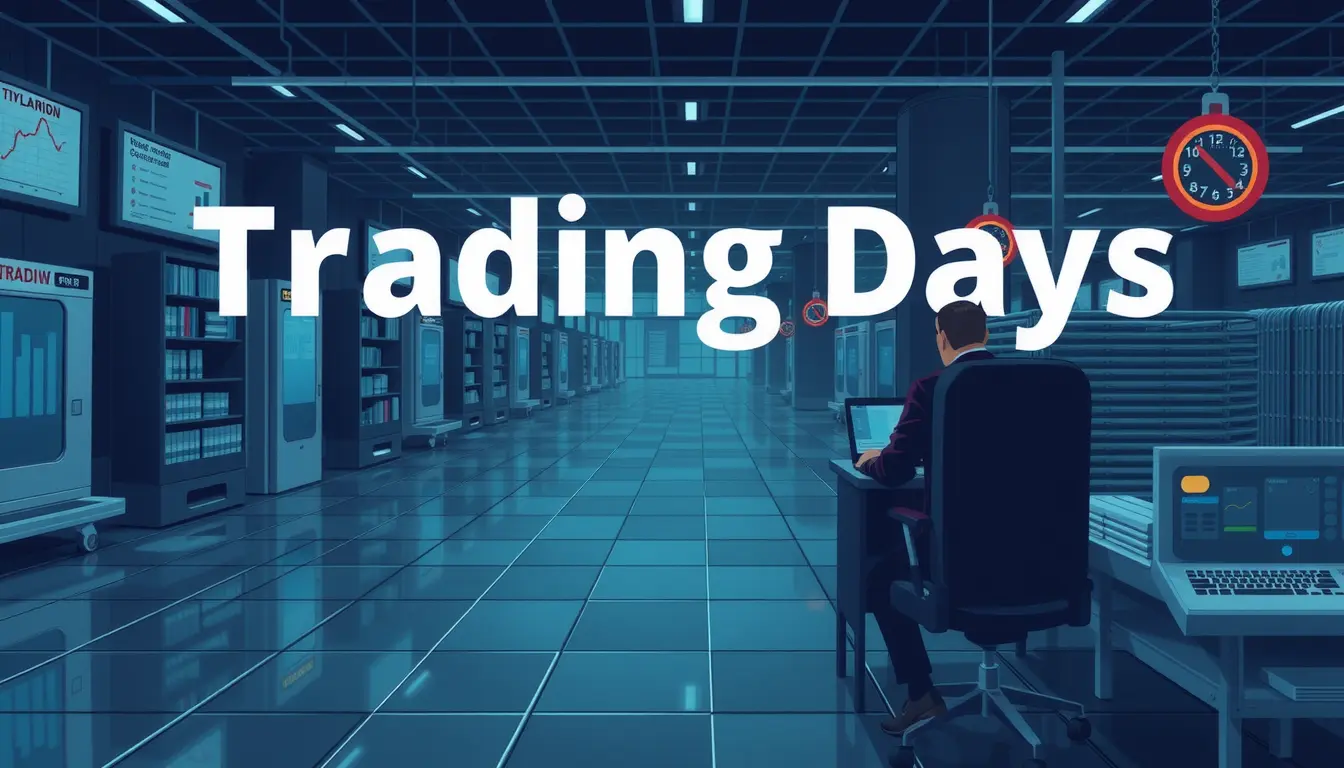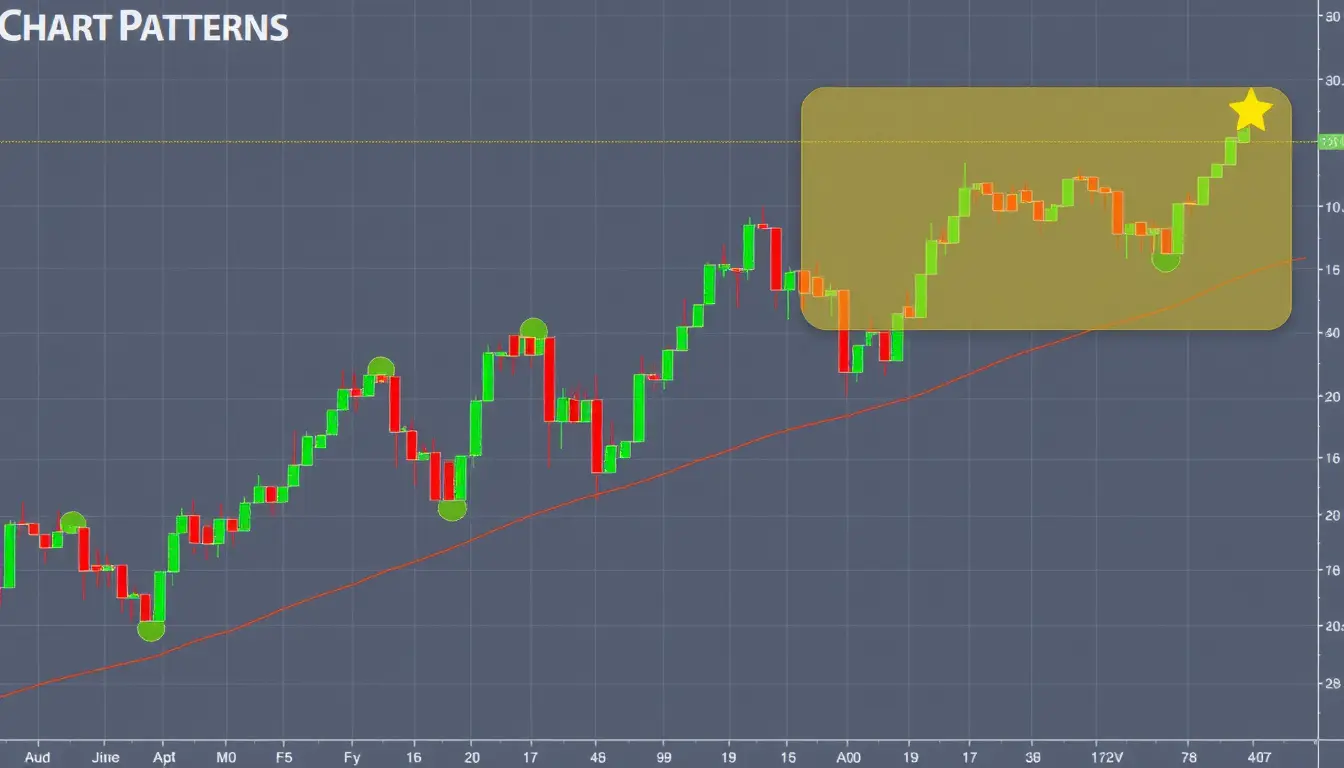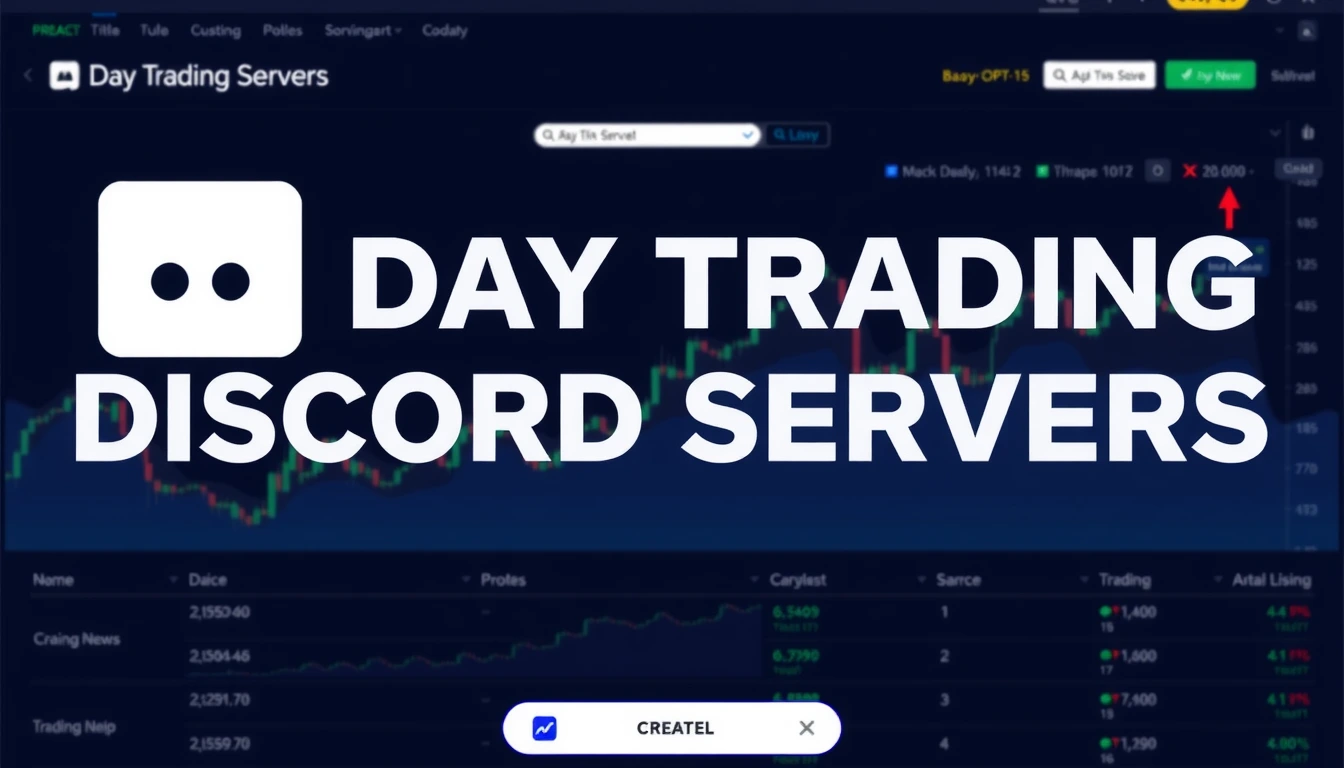Options trading has seen a significant surge in popularity among both seasoned professionals and everyday investors. As financial markets become more complex and fast-paced, traders are constantly searching for smarter tools that help them cut through the noise and identify real opportunities. One of the most powerful resources gaining traction today is real-time options trading signals—insights that reflect market sentiment, momentum, and potential price movements.
Whether you’re just starting out or have years of trading experience under your belt, understanding how to leverage the right trading signals can greatly enhance your decision-making and boost your success rate. In this article, we’ll dive into the top five options trading signals every trader should know. We’ll also explore how platforms like AI-Signals can help you incorporate these signals into your trading strategy, giving you a competitive edge in today’s dynamic markets.
Why Are Trading Signals Important in Options Trading?
Options trading brings a unique blend of complexity and opportunity that sets it apart from traditional stock trading. Unlike regular equities, options are influenced not just by the price of the underlying asset but also by time decay, market volatility, and key factors known as the Greeks—such as delta, theta, and gamma.
To navigate these complexities, traders often rely on well-timed trading signals. These signals help identify potential trend reversals, unusual volume activity, shifts in volatility, and optimal entry and exit points—all of which are essential for maximizing profits and minimizing risk in options trading.
That’s where platforms like AI-Signals come in. By leveraging advanced AI algorithms, they provide real-time, highly accurate trading signals designed to help modern traders automate strategies and make more informed decisions with greater precision.
The Top 5 Options Trading Signals Every Trader Should Know
1. Unusual Options Activity (UOA)
Unusual Options Activity, or UOA, occurs when there’s a sudden and significant spike in the trading volume or open interest of a specific options contract—well above its typical daily average.
Why It Matters
This kind of activity can signal that something big is brewing. It may suggest that institutional investors or insiders are acting on information not yet available to the public, or that traders are placing bold bets ahead of major market events. Often, such unusual moves in the options market come just before sharp price changes in the underlying asset.
How to Use Unusual Options Activity (UOA) Effectively
Start by looking for options contracts where the trading volume is significantly higher than usual—ideally five to ten times the stock’s average daily volume. This spike in activity often signals that something big may be coming.
Next, assess the market sentiment by checking whether the volume is concentrated in calls (bullish bets) or puts (bearish bets). This helps you understand what direction traders are anticipating.
Don’t forget to analyze the strike price and expiration date in relation to the current price of the underlying asset. This gives you a clearer picture of how aggressive or conservative the positions are.
Pro Tip: Want to stay ahead of the curve without constant monitoring? Use AI-Signals’ Insider Trading Alerts to automatically track and respond to unusual options activity trends in real time.
2. Put/Call Ratio
The put/call ratio compares the number of traded put options to call options. It serves as a sentiment gauge, showing whether traders lean more toward bearish (puts) or bullish (calls) expectations in the market.
Why Does It Matter?
A high put/call ratio often signals that fear or pessimism is dominating the market. Interestingly, this can sometimes be a bullish indicator for contrarian investors, suggesting a potential buying opportunity.
On the other hand, a very low ratio might point to excessive optimism, which could be a warning sign that the market is due for a pullback or reversal.
How to Use It:
To identify extreme sentiment conditions, keep an eye on the ratio over time and watch for significant changes or patterns. For added confirmation, consider pairing it with popular technical indicators like the MACD or RSI.
For a smarter, more efficient approach, use AI-Signals’ daily sentiment screener. It automatically analyzes this ratio across various sectors, helping you uncover high-potential trading opportunities with ease.
3. Implied Volatility (IV) Surges and Crushes
Implied volatility (IV) represents the market’s forecast of future price swings. It typically rises ahead of major events like earnings announcements, breaking news, or economic updates—and often drops afterward.
Why It Matters:
When implied volatility spikes, option prices become more expensive. On the flip side, during an IV crush (a sharp drop), options can become significantly cheaper.
Understanding these IV patterns can help you make smarter trading decisions—for example, selling options when IV is high to collect higher premiums, and buying when IV is low to reduce costs.
How to Use It:
Look at the Implied Volatility (IV) percentile to understand how current IV compares to historical levels. This gives you a sense of whether options are relatively cheap or expensive.
If you’re aiming to benefit from theta decay, consider setting up trades around earnings announcements—these often lead to an IV crush, where implied volatility drops sharply after the news is out.
AI-Signals simplifies this process by automatically tracking volatility changes. It sends you real-time alerts on IV shifts and suggests tailored trading strategies so you can act quickly and confidently.
4. Gamma Squeeze Signals
When there’s a sudden surge in call option buying, market makers often have to buy the underlying stock to hedge their positions. This increased demand for the stock can push its price up quickly, triggering what’s known as a gamma squeeze.
Why It Matters:
This kind of scenario can lead to dramatic short-term price spikes, as famously seen with meme stocks like GameStop (GME) and AMC. For traders, it highlights how options activity can significantly influence stock prices in a short period.
How to Use This Strategy:
Look for out-of-the-money call options that have short expiration dates and are trading with high volume. It’s important to watch for significant open interest near strike prices that closely align with the current market price.
To stay ahead of potential squeezes, leverage the Gamma Exposure Scanner provided by AI-Signals. This tool continuously tracks and highlights areas with heavy gamma exposure, helping you identify zones where a squeeze is more likely to happen.
5. AI-Powered Multi-Factor Signal Confluence
Modern trading platforms leverage artificial intelligence to merge technical, fundamental, and sentiment-based indicators into one cohesive signal.
Why is this important? It significantly reduces false positives, making trading signals more reliable and trustworthy. Additionally, AI continuously adjusts the importance of each indicator to adapt to ever-changing market conditions, enhancing decision accuracy.
How to Use It:
Leverage tools like AI-Signals that offer AI-driven trading signals incorporating factors such as volatility, volume, market sentiment, and momentum.
For better precision, try to confirm trades using multiple signals together—for example, combining Unusual Options Activity (UOA), an Implied Volatility (IV) surge, and a strong bullish sentiment.
This smart combination of signals helps improve your trade timing and boosts confidence, while also cutting down the need for extensive manual analysis.
How AI-Signals Can Supercharge Your Options Strategy

AI-Signals stands out from typical signal providers by delivering highly reliable signals tailored specifically for options trading. It combines live market data with advanced AI technology to offer insights that help traders act confidently. Key features include:
- Real-time trading signals for both short-term trades and longer holds, including scalping strategies
- Alerts highlighting unusual options activity
- Volatility and gamma scanning tools
- AI-driven sentiment dashboards
- A real-time AI trading assistant
- Weekly webinars and an active trading community
Whether you’re trading SPY options, tech stock calls, or sector-specific puts, AI-Signals equips you with the tools to make smarter, quicker, and more informed trading decisions.
Bonus: Tips to Use Options Signals Effectively
Test Your Strategy Thoroughly
Before going live, always backtest your signal-based approach by analyzing how it would have performed in the past. This helps identify strengths and weaknesses without risking real capital.
Don’t Rely on a Single Indicator
To increase your confidence, look for confirmation from at least two or three different signals before making a trade. Multiple signals aligning can provide stronger validation.
Stay Updated on Market Movements
Markets can change quickly, so it’s essential to keep an eye on real-time alerts. Tools like AI-Signals offer instant notifications to help you adapt your strategy as conditions evolve.
Prioritize Risk Management
Always know the maximum risk you’re willing to take and use stop-loss orders to protect your investments, especially when trading with leverage. This discipline can save you from significant losses.
Final Thoughts
In today’s fast-paced and unpredictable market, understanding options trading signals is not just helpful—it’s absolutely crucial. With tools like AI-Signals, you gain access to powerful, institutional-level data that makes navigating even the most complex trading scenarios much easier.
Among the many indicators available, five stand out as foundational for smart options trading: Unusual Options Activity (UOA), the Put/Call Ratio, shifts in Implied Volatility (IV), Gamma Squeezes, and the convergence of AI-driven signals.
Incorporating these signals into your trading strategy can boost both your performance and confidence, whether you’re looking to capitalize on short-term opportunities or build a solid options portfolio for the long haul.
FAQ
1. What are the most important signals for options trading?
Some of the most crucial signals traders watch for are:
- Unusual Options Activity (UOA)
- Put/Call Ratio
- Sudden spikes in Implied Volatility (IV)
- Gamma Squeeze opportunities
- The combined insights from AI-powered signal confluence
By paying attention to these indicators, traders can spot potentially profitable trades while steering clear of unnecessary risks.
2. How can I find unusual options activity?
You can keep an eye on unusual options activity by using a few key methods:
- Using market scanners available on many trading platforms
- Receiving alerts from specialized signal services such as AI-Signals
- Watching for options with high trading volumes and sudden spikes in open interest
3. What is a gamma squeeze in options trading?
A gamma squeeze happens when market makers are forced to purchase the underlying stock to protect themselves after a large number of call options have been bought. This buying pressure drives the stock price sharply higher, resulting in a quick, intense price spike.
4. Why is implied volatility important for options traders?
Implied Volatility (IV) plays a key role in determining the price of options. When IV is high, option premiums tend to be more expensive, reflecting greater expected price swings. Conversely, when IV is low, options usually cost less because the market anticipates less volatility. Traders often analyze IV trends to guide their approach—for example, they might choose to sell options when IV is elevated to take advantage of higher premiums or buy options when IV is low to benefit from cheaper prices.
5. Are AI-generated options signals accurate?
AI-generated trading signals have become more accurate thanks to advancements in machine learning and the ability to analyze data in real time. Services such as AI-Signals use multiple factors in their signal generation process, which helps improve the reliability of their trade recommendations.




